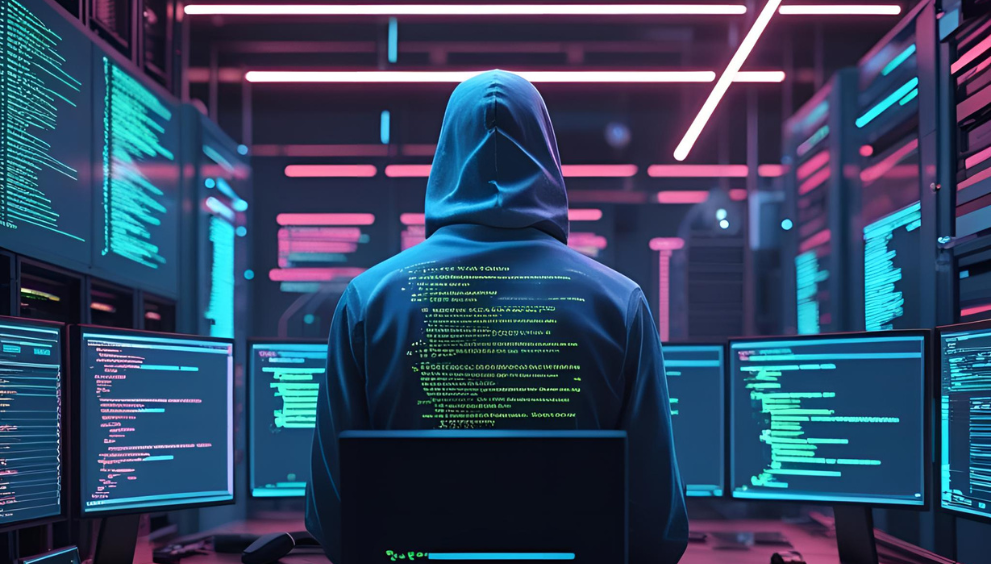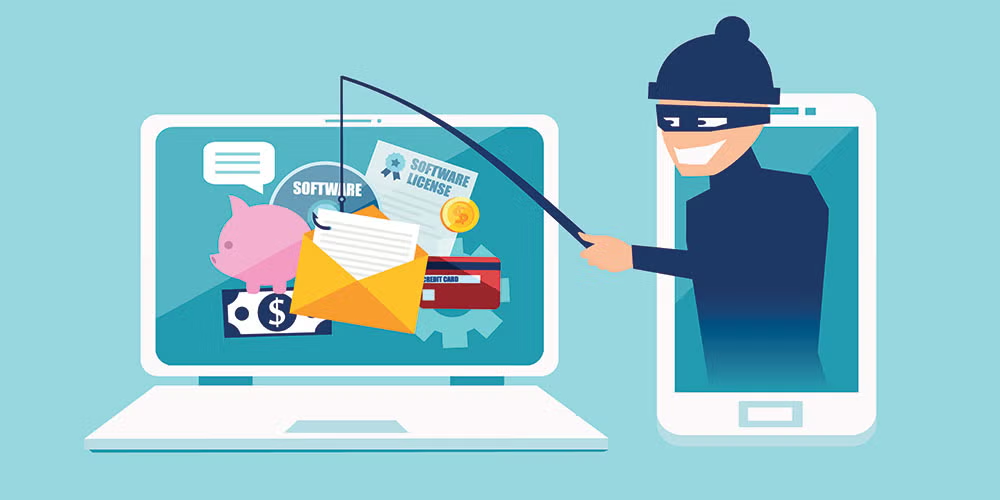The year 2025 marks a pivotal moment in the history of business technology. Digital transformation, once an optional advantage, is now the core of almost every operational model. From hybrid workforces and multi-cloud environments to the integration of Artificial Intelligence (AI), the pace of innovation is accelerating. Yet, with every technological leap comes a commensurate expansion of the digital threat landscape. For businesses navigating this complex era, cybersecurity is no longer a mere IT function; it is a critical, non-negotiable business resilience strategy.
In 2025, the question is not if a business will face a cyber threat, but when, and how prepared it will be. This article explores the evolving threat landscape, the new technologies shaping defense, and the essential strategies every organization must adopt to safeguard its future.
The Evolving Threat Landscape in 2025
The threats of 2025 are faster, more sophisticated, and more pervasive than ever before, largely driven by two key forces: the weaponization of AI and the industrialization of cybercrime.
1. The AI-Enhanced Adversary
Artificial Intelligence has fundamentally reshaped the capabilities of threat actors. In 2025, attackers are leveraging Generative AI (GenAI) to automate and scale their campaigns, leading to:
- Hyper-Realistic Phishing and Social Engineering: AI models can generate contextually aware, grammatically flawless, and highly personalized phishing emails at an unprecedented scale. The old tell-tale signs of a malicious email are gone. Furthermore, deepfake technology is being used to create convincing audio and video impersonations of executives, leading to sophisticated “CEO Fraud” and fraudulent wire transfers. Human trust has become a major vulnerability.
- Adaptive Malware: AI is being used to create malware that can analyze a system’s defenses in real-time and mutate its code to evade traditional signature-based detection, making attacks more persistent and harder to isolate.
- Faster Breakout Times: The speed of initial access and lateral movement within a network is accelerating. AI-automated tools enable hackers to exploit newly discovered vulnerabilities and achieve “breakout” (the point where an attacker moves beyond the initial entry point) in minutes, not hours.
2. The Professionalization of Cybercrime
Cybercrime has become a high-growth, organized industry. The rise of Ransomware-as-a-Service (RaaS) has lowered the barrier to entry, allowing less technically skilled individuals to launch devastating attacks using pre-packaged, easy-to-use toolkits. Ransomware remains a dominant threat, with double-extortion tactics (stealing data before encrypting it) maximizing damage and payout pressure. The financial impact of these attacks, including recovery costs, lost business, and regulatory fines, continues to skyrocket.
3. Supply Chain and Third-Party Risk
In a highly interconnected world, a business is only as secure as its weakest vendor. Supply chain attacks—targeting a software provider, a cloud vendor, or a third-party service—are proving to be one of the most effective ways to compromise multiple victims simultaneously. Vetting the security posture of every partner and subcontractor is now an absolute imperative.
The Pillars of Modern Cybersecurity Strategy in 2025
To counter these advanced threats, a strategic shift from traditional perimeter-based security to a more dynamic, “assume-breach” model is essential.
1. Zero Trust Architecture (ZTA)
The fundamental security principle of 2025 is Zero Trust. The old “castle-and-moat” model—where implicit trust was granted to anyone or anything inside the network—is obsolete. ZTA operates on the mantra: “Never trust, always verify.”
Implementation of ZTA involves:
- Continuous Verification: Every user, device, and application must be authenticated and authorized before accessing any resource, regardless of its location (inside or outside the corporate network).
- Least Privilege Access: Users are only granted the minimum level of access required to perform their specific job functions, severely limiting the potential damage from a compromised account.
- Microsegmentation: Networks are divided into small, isolated zones, preventing an attacker who breaches one segment from moving laterally across the entire network.
2. Cloud and Multi-Cloud Security
With over 90% of enterprises using multi-cloud environments in 2025, managing security across diverse platforms (AWS, Azure, Google Cloud) presents a significant challenge. The responsibility for securing the data and configurations in the cloud rests with the business, not just the cloud provider. Essential strategies include:
- Cloud Security Posture Management (CSPM): Automated tools to continuously monitor cloud configurations and identify common mistakes, such as open storage buckets or overly permissive access policies.
- Identity and Access Management (IAM): Robust, centralized IAM is critical to control access across all cloud services, with Multi-Factor Authentication (MFA) becoming a foundational requirement for all accounts.
3. AI-Powered Defense
While AI is the attacker’s best friend, it must also be the defender’s primary weapon. Security teams are leveraging AI and Machine Learning (ML) to handle the crushing volume of data and alerts:
- Behavioral Anomaly Detection: AI models can analyze baseline user and network behavior, instantly flagging deviations that indicate a compromise—a task impossible for human analysts at scale.
- Automated Response (SOAR): Security Orchestration, Automation, and Response (SOAR) platforms, often powered by AI, can automatically isolate endpoints, revoke access, and contain threats faster than a human team can triage the initial alert.
4. Focusing on Human Firewalls
The weakest link in the security chain remains the human element, especially with the rise of GenAI-enhanced social engineering. An effective cybersecurity strategy must include comprehensive, engaging, and continuous employee training.
Training must move beyond simple email identification to cover:
- Deepfake Awareness: Teaching employees to verify requests through secondary, non-digital channels.
- Vishing (Voice Phishing) Scams: Educating staff on how to handle urgent, out-of-the-ordinary phone requests for sensitive information or transfers.
- Passwordless Technologies: Implementing solutions like FIDO2/WebAuthn to remove reliance on easily compromised traditional passwords.
The Business Imperative: Beyond IT
In 2025, the importance of cybersecurity extends far beyond technical mitigation. It directly impacts the core aspects of business success:
- Financial Health: The direct and indirect costs of a breach—including ransom payments, system rebuilds, legal fees, credit monitoring for affected customers, and insurance premium hikes—can bankrupt a small or medium-sized business.
- Reputation and Trust: A data breach or prolonged service disruption erodes customer and partner trust. In a competitive market, a reputation for weak security is a major liability that can lead to permanent loss of market share.
- Regulatory Compliance: Global data privacy laws like GDPR and CCPA impose severe financial penalties for non-compliance resulting from a data breach. A strong security posture is necessary to meet these strict global requirements.
- Business Continuity: Proactive cybersecurity ensures that mission-critical operations can continue uninterrupted, or be recovered swiftly, following an incident. This resilience is the hallmark of a future-proof organization.
Conclusion
Cybersecurity in 2025 is a definitive strategic investment, not an unavoidable cost. As AI accelerates both innovation and threat sophistication, the organizations that thrive will be those that embrace security as a core business function—a fundamental enabler of trust, growth, and resilience. By adopting Zero Trust principles, securing multi-cloud environments, arming defenses with AI, and fortifying the human firewall, businesses can transform their security posture from a reactive expense into an unassailable competitive advantage. The time for half-measures is over; the future of the enterprise depends on a robust, proactive, and intelligent cybersecurity strategy.





